Powerful kingdoms have ruled the Korean peninsula for millennia, making luxurious art for the elite.
c. 10,000 B.C.E.–present
Powerful kingdoms have ruled the Korean peninsula for millennia, making luxurious art for the elite.
c. 10,000 B.C.E.–present
Start your journey to Korea here.
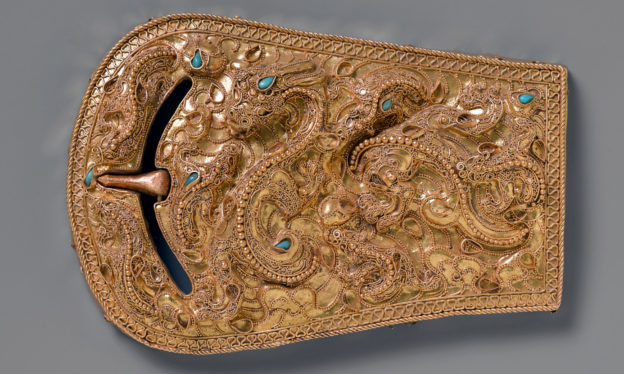
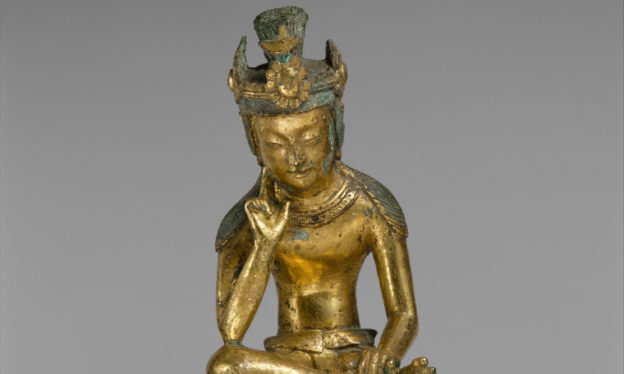
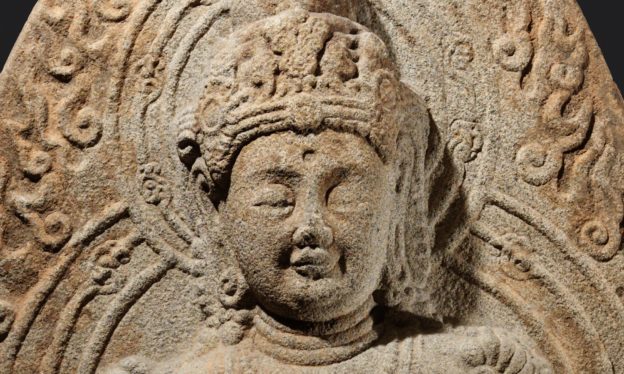
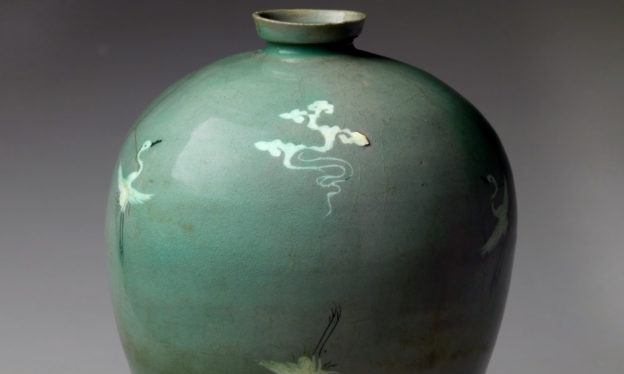
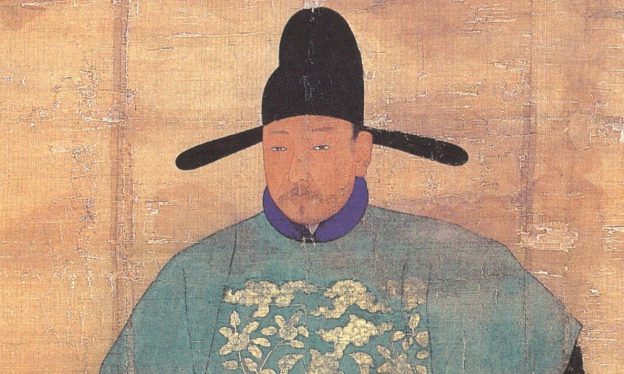
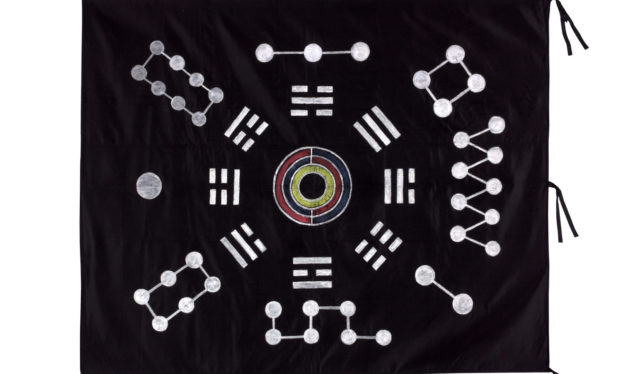
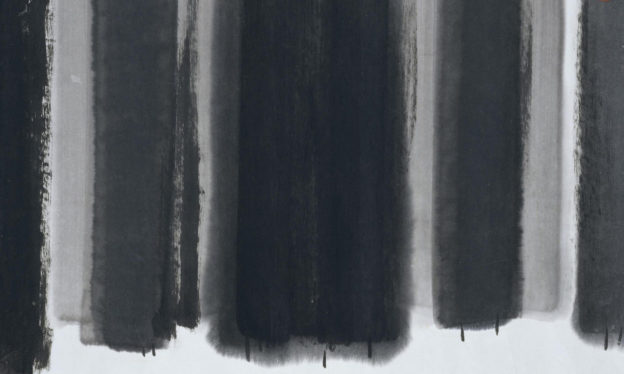
We're adding new content all the time!